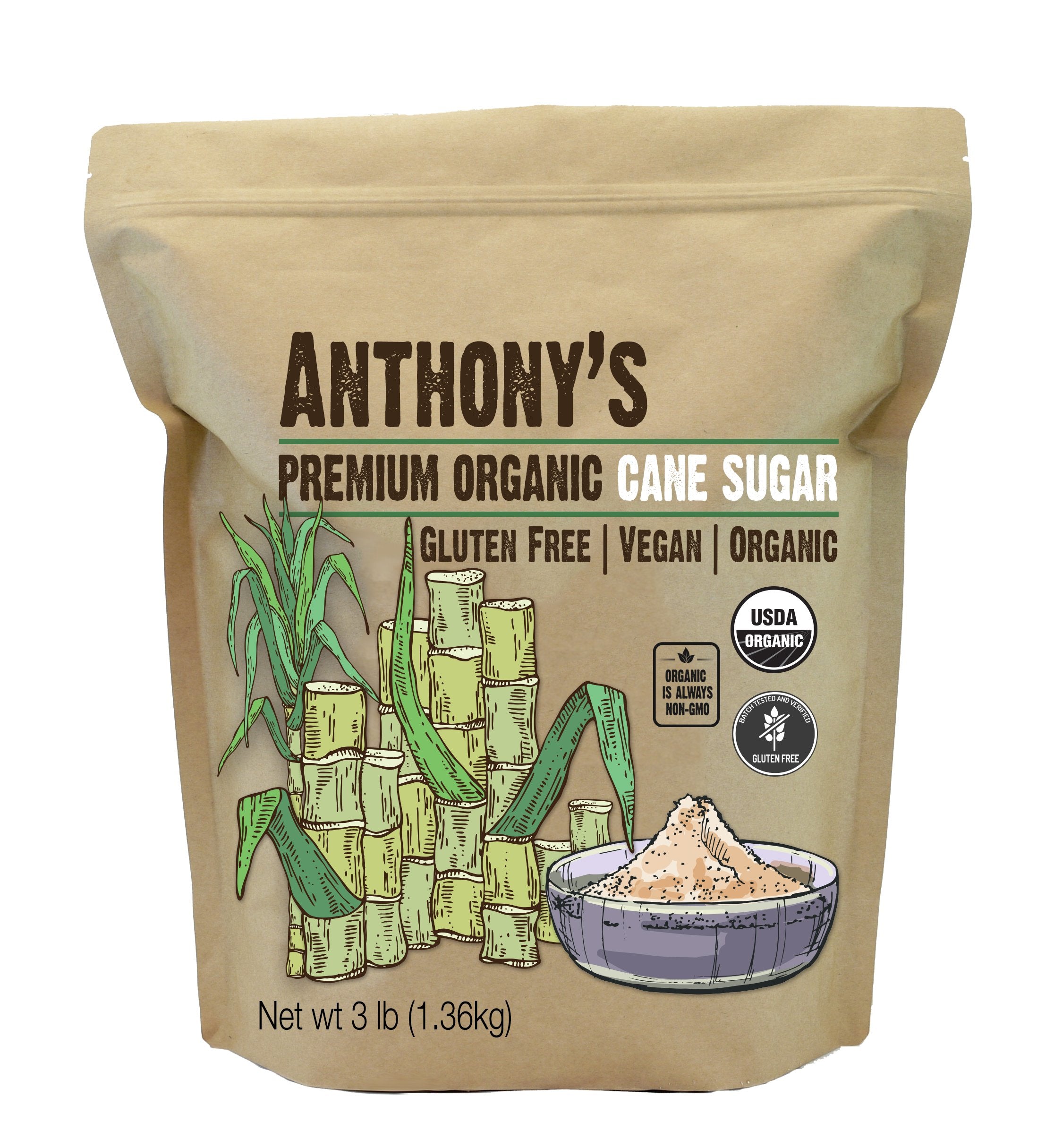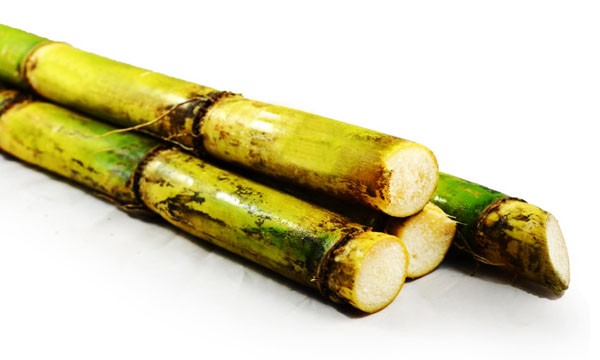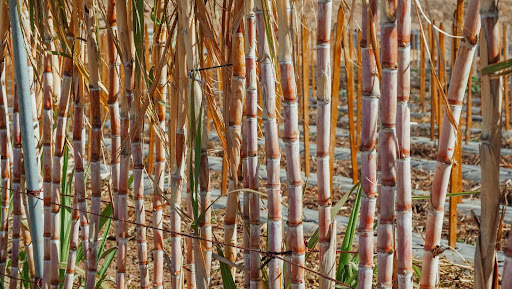Discovering the Comprehensive Tips Entailed in Walking Stick Sugar Handling From Gathering to Improvement
The procedure of walking stick sugar manufacturing incorporates a series of detailed steps, beginning with the mindful harvesting of sugarcane and culminating in the refinement stages that make sure the last item meets market requirements. Each phase, from the extraction of juice to the filtration and crystallization processes, plays a critical role in figuring out the quality and character of the sugar. Recognizing these stages not just highlights the intricacy of sugar production however likewise raises essential questions concerning effectiveness, sustainability, and innovation in the industry. What ramifications do these variables have for future techniques?
Harvesting Sugarcane
Harvesting sugarcane is a crucial action in the cane sugar handling chain, as it directly influences the high quality and return of the end product. Proper timing and techniques are necessary during this stage to make certain ideal sugar content and minimize losses. Usually, sugarcane is collected when it reaches maturity, typically 12 to 18 months after growing, characterized by a high sucrose focus.

Post-harvest, the sugarcane needs to be processed swiftly to avoid sucrose destruction. Preferably, collected walking stick ought to be moved to refining centers within 24-hour to protect sugar top quality. Therefore, effective logistical planning is vital to maintain the integrity of the gathered plant throughout the supply chain.
Removal Process

The smashed cane is subjected to a collection of pressing operations to take full advantage of juice recuperation. Normally, warm water is splashed onto the crushed walking cane, developing a countercurrent circulation that assists dissolve the sugar while likewise helping in the removal process. The juice gathered from this operation includes not just sugar yet also different organic substances and contaminations.

To enhance extraction effectiveness, some facilities might use diffusion methods, where the sugarcane is taken in warm water, enabling the soluble sugars to diffuse into the fluid. The resulting juice, abundant in sucrose, is then directed to subsequent handling phases, laying the foundation for purification and refinement. The extraction process is thus pivotal in establishing the high quality and return of the last sugar product.
Filtration Techniques
The purification methods used in walking stick sugar processing are necessary for changing the raw juice right into a premium sugar product. These approaches primarily intend to get rid of impurities, such as dirt, plant products, and not natural materials, which can negatively influence the last product's flavor and color.
Among one of the most typical purification techniques is explanation. This procedure entails adding lime and heat to the raw juice, which helps with the coagulation of contaminations. The resulting precipitate is after that removed with sedimentation or filtration, yielding a clearer juice. In addition, the usage of phosphoric acid can boost the information procedure by further binding contaminations.
An additional significant technique is carbonatation, where co2 is introduced to the clarified juice. This reaction produces calcium carbonate, which captures staying contaminations and promotes their removal.
In addition, turned on carbon treatment may be put on adsorb any remaining colorants and organic impurities, ensuring a much more polished product. The mix of these techniques successfully prepares the sugar juice for subsequent action in the refining procedure, setting the phase for the production of high-grade walking stick sugar.
Crystallization Techniques
After the filtration stage, the next important step in cane sugar handling involves condensation techniques, which play a critical function in transforming the clarified juice into strong sugar. This process commonly employs two primary methods: spontaneous formation and controlled condensation.
In spontaneous formation, supersaturated sugar solutions are enabled to cool naturally, resulting in the development of sugar crystals gradually. This approach is simpler however may lead to uneven crystal dimensions and lower pureness degrees. On the various other hand, managed condensation is a more precise method where seeding, concentration, and temperature agents are thoroughly handled. This approach enables for the uniform development of sugar crystals and higher purity.
Throughout formation, the cleared up juice is focused via dissipation, raising its sugar content until it gets to supersaturation. Once this point is achieved, either approach can help with the formation procedure. Cane Sugar Processing. The resultant sugar crystals are then separated from the staying syrup through centrifugation
Eventually, the option of crystallization approach impacts the top quality, size, and pureness of the final sugar product, making this action necessary in the total cane sugar handling procedure.
Refinement and Packaging
Just how can the pureness and top quality of walking stick sugar be even more enhanced after crystallization? The improvement procedure plays a vital duty in achieving top quality walking cane sugar. Following formation, sugar goes through a detailed washing to eliminate impurities and recurring molasses. This is generally completed using cozy water or steam, which aids dissolve click to find out more and remove undesirable aspects while maintaining the sugar crystals.
Following, the sugar goes through a procedure called centrifugation, where it is spun at high rates to divide the detoxified sugar crystals from the continuing to be fluid. After centrifugation, the sugar is commonly additional refined with a technique called carbonization or phosphatation, which makes use of triggered carbon or phosphoric acid to get rid of shade and off-flavors.
When fine-tuned, the sugar is dried out to achieve the preferred moisture material, making certain that it remains secure during storage space and transportation. The final action entails product packaging the refined sugar in moisture-proof and airtight containers to keep its quality and protect against contamination. Cane Sugar Processing. Appropriate packaging not just extends life span but likewise assists in very easy handling and circulation, making sure that customers obtain sugar that fulfills the greatest requirements of purity and top quality
Final Thought
The detailed steps associated with walking stick sugar handling, from the thorough harvesting of sugarcane to the complex improvement and packaging phases, emphasize the relevance of each phase in making certain top quality sugar production. Optimal harvesting strategies, reliable removal methods, and rigorous filtration processes jointly contribute to the end product's purity and security. The formation and succeeding packaging practices even more enhance the investigate this site integrity and shelf life of the sugar, highlighting the intricacy and accuracy fundamental in this necessary agricultural market.
The process of cane sugar manufacturing incorporates a series of intricate steps, starting with the careful harvesting of sugarcane and culminating in the refinement phases that make sure the last item meets sector requirements. Ideally, harvested walking cane needs to be moved to processing centers within 24 hours to protect sugar high quality.In spontaneous crystallization, supersaturated sugar remedies are permitted to cool down naturally, leading to the formation of sugar crystals over time - Cane Sugar Processing. The improvement procedure plays a vital function in achieving premium cane sugar.The detailed actions involved in walking cane sugar processing, from the precise harvesting of sugarcane to the intricate improvement and product packaging phases, highlight the relevance of each phase official site in making certain top notch sugar manufacturing